I'm working in a buck converter to step down 127VDC to 5VDC/1A. I know that boost converters have limitations, thus it's not recommended to step up 5VDC to 127VDC. But I couldn't find anything about buck converter limitations. After Reading this document from TI I figured out some values for inductors, capacitors and so on. But my doubts still remain: Is it okay to step down that amount of volts? Will I find any trouble with my common buck converter circuit?
Obs.: The load will be constant and it is not sensitive to voltage oscillation around the 5V tension.

simulate this circuit – Schematic created using CircuitLab
